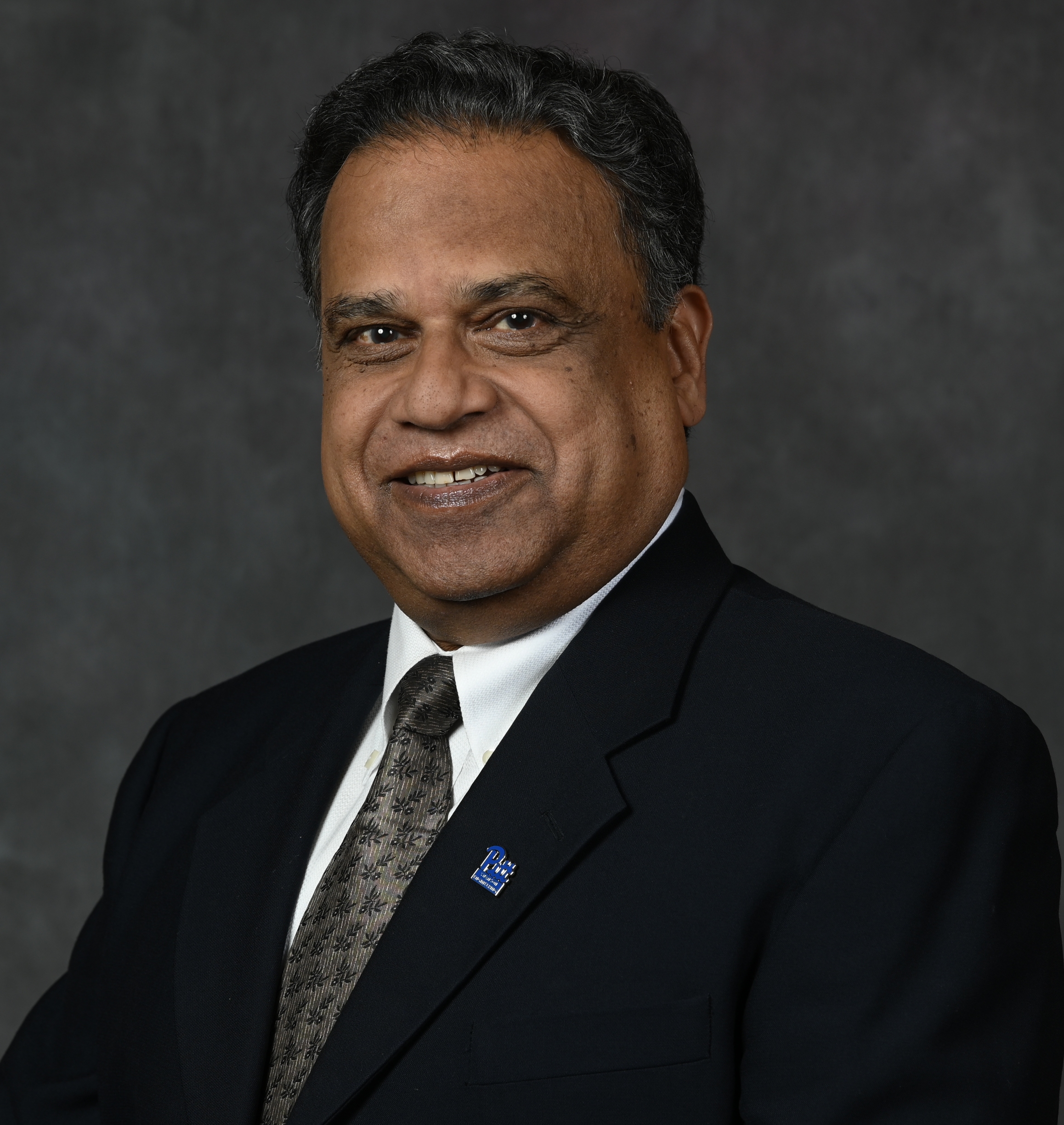SPRING 2025 MESSAGE FROM THE CHAIR

Dear Pitt Bioengineering Family and Friends,
Welcome to the 2025 Spring edition of our Pitt Bioengineering newsletter.
The focus of this newsletter is on the neural engineering-related efforts that continue to define our department’s commitment to innovation and impact. These efforts span a wide range, from basic science to technology development to clinical applications, and our lead article provides an overview of how Pitt’s interdisciplinary and collaborative environment helps us flourish in various domains of neural engineering.
Our faculty and students are driving discoveries that push the boundaries of what is possible, and their collaborations across multiple schools, disciplines, and institutions are bringing real-world solutions closer to those who need them most. The stories below showcase the groundbreaking work happening in our laboratories: an unexpected insight into Alzheimer’s disease; exploring dopamine’s role in learning; better understanding of how neural pathways function; developing novel approaches based on cognitive contributions to walking for early detection of Alzheimer’s Disease and Related Dementias (ADRD); development of a bioabsorbable nerve stimulator for more effective treatment for chronic pain.
In addition, focused, value-added Master’s (MS) programs have been a priority for us over the past several years. Medical Product Engineering and Neural Engineering are two examples of these focused MS programs that we currently offer. Please join me in welcoming Dr. Pratap Khanwilkar and Dr. Ouahiba Boukaabar as Director and Assistant Director, respectively, of our Master’s programs. Their contributions will be critical to the growth of our focused MS programs and our partnerships with industry.
Our faculty, students, and staff continue to garner local, regional, and national recognitions – and we’re proud to share some of these stories with you. Thank you for your continued interest in, engagement with, and support for everything we do. Let us continue this partnership in our pursuit of academic excellence.
Sincerely,
Sanjeev Shroff, PhD
Chair, Department of Bioengineering
Distinguished Professor of and McGinnis Chair in Bioengineering
Swanson School of Engineering, University of Pittsburgh
Newsletter Archive:
Spring 2022 Letter from the Chair
Fall 2022 Letter from the Interim Chair
Fall 2020 Letter from the Chair
Spring 2020 Letter from the Chair
Fall 2019 Letter from the Chair
Spring 2019
Spring 2019 Letter from the Chair
Fall 2018 Letter from the Chair
Spring 2018 Letter from the Chair
Fall 2017 Letter from the Chair